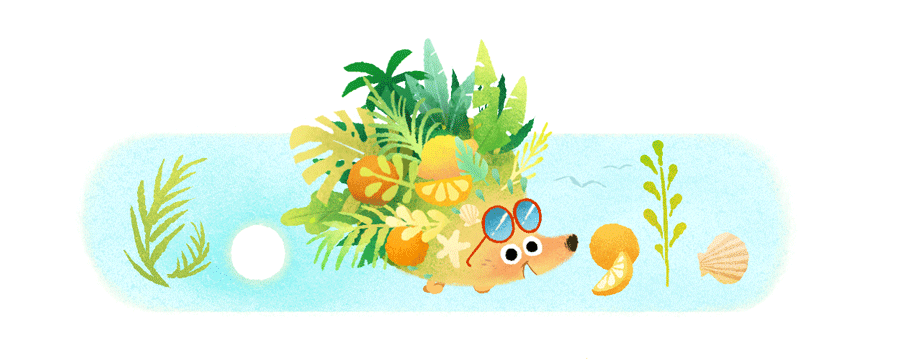Google Celebrates Summer Solstice 2021 with a Doodle
Google Celebrates Summer Solstice 2021 with a Doodle
In 2021, the June solstice occurs on Sunday, June 20, marking the start of summer in the Northern Hemisphere. Here’s everything you should know about the summer solstice—what it means, why it’s the longest day of the year, and how to celebrate.
THE JUNE SOLSTICE
In the Northern Hemisphere, the June solstice (aka summer solstice) occurs when the Sun travels along its northernmost path in the sky. This marks the astronomical start of summer in the northern half of the globe. (In the Southern Hemisphere, it’s the opposite: the June solstice marks the astronomical start of winter, when the Sun is at its lowest point in the sky.)
7plus.com.au Connect Activate: How do I activate/connect 7plus
Google Doodle Summer 2021

The first day of summer in 2021 will be on June 20 at 11:32 p.m. Eastern Daylight Time (EDT). Because it is the day with the maximum daylight, it is commonly referred to as the “longest day of the year” (every “day” has 24 hours).
Many civilizations around the world celebrate and perform ceremonies to mark the arrival of summer’s first day, which recognises the importance of the sun in human survival. Observations of the summer solstice take on many different forms around the world.
Despite the fact that it is the first day of summer, the actual heat is still to come. According to climatologist Brian Brettschneider, there is an average one-month lag between the solstice and the peak summer temperatures. In most parts of the world, July is therefore the warmest month of the year practically every year.
The following are some interesting facts regarding the summer solstice:
What time does the summer solstice occur?
A solar eclipse occurs on this day because the sun travels its longest route through space and reaches its greatest position in the sky during the summer solstice.
According to Britannica.com, the North Pole is tilted almost directly toward the sun as a result of the tilt of the Earth’s axis. As a result, the North Pole has extended hours of daylight.
The summer solstice occurs between June 20 and June 22 in the Northern Hemisphere.
The summer solstice happens on the 21st or 22nd of December in the Southern Hemisphere.